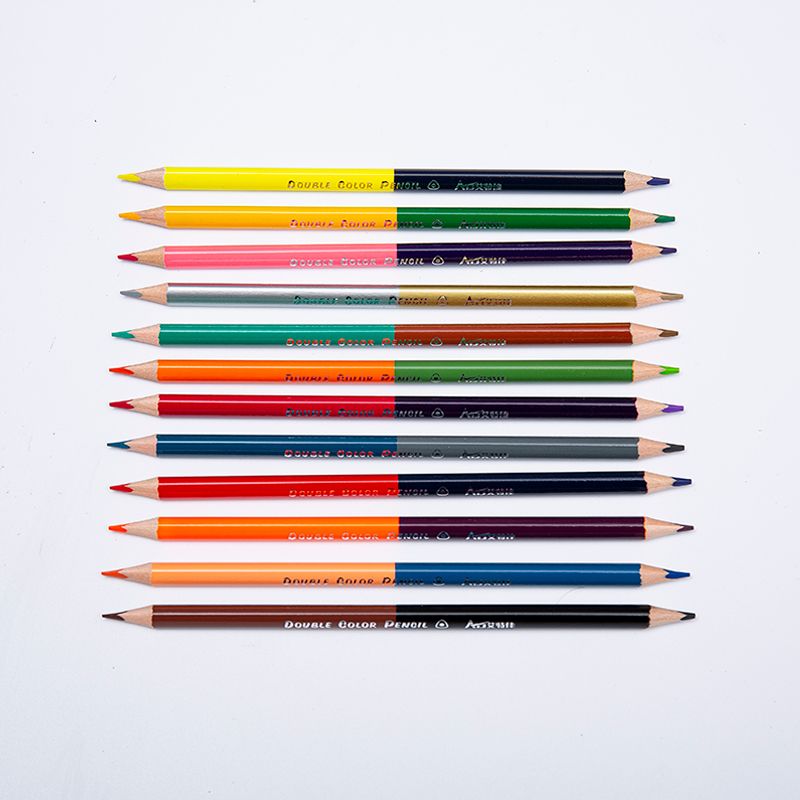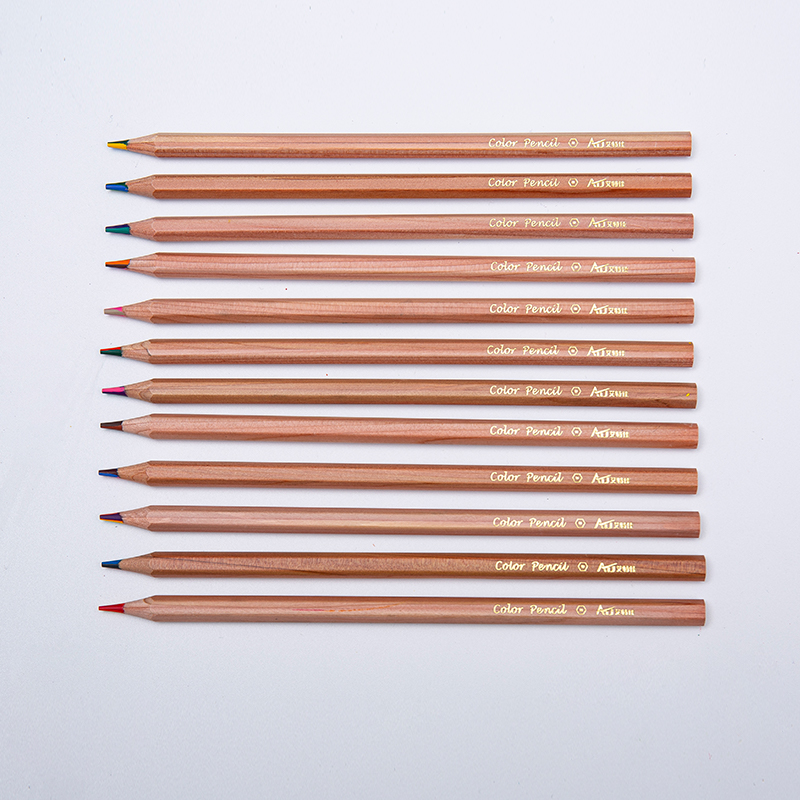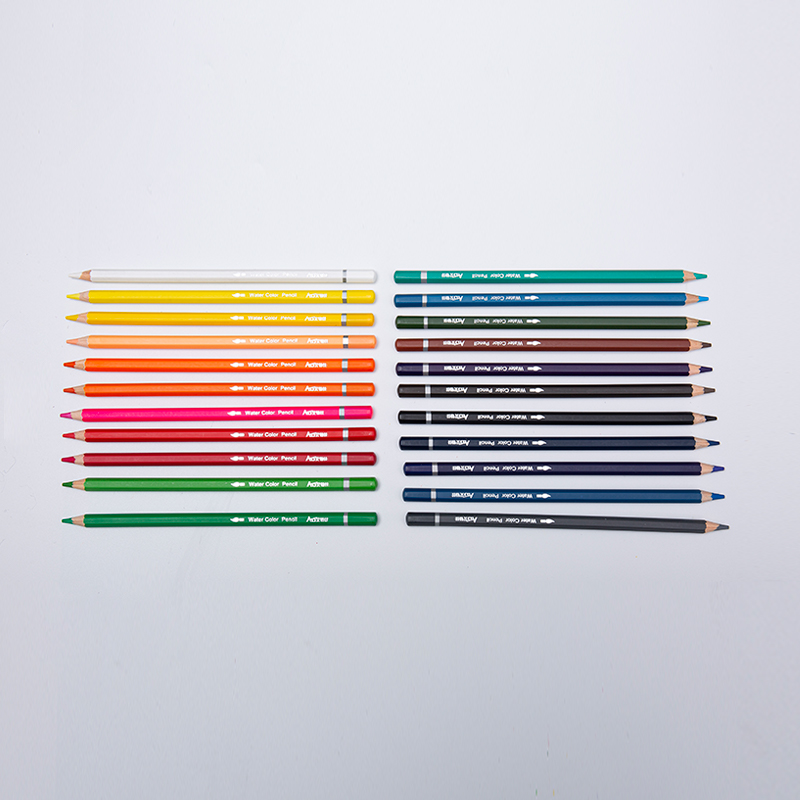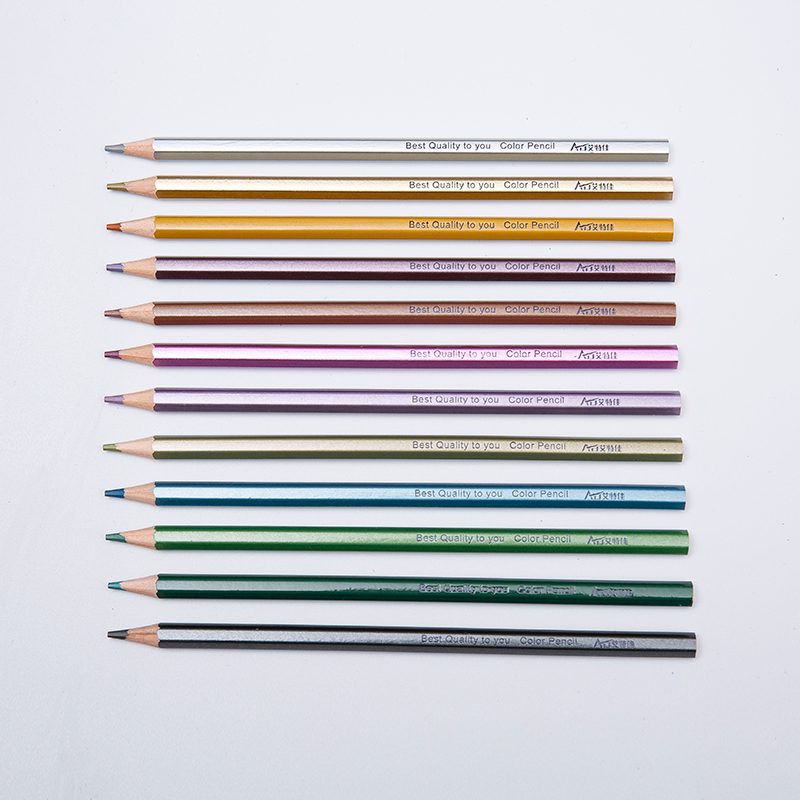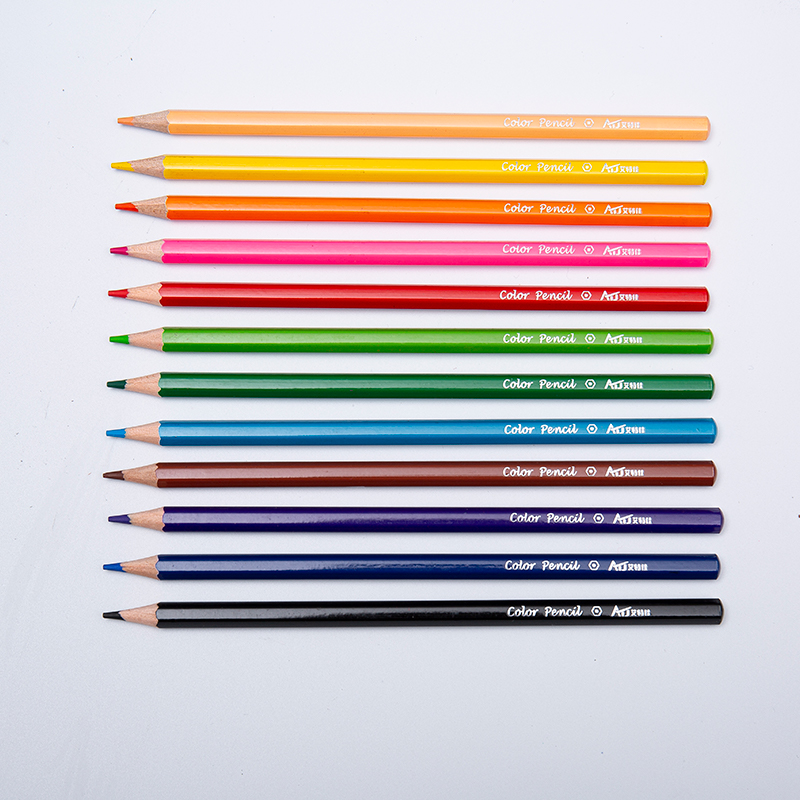As sustainability becomes a growing priority for both artists and manufacturers, a relevant question has emerged: Can the production of color pencils truly be environmentally responsible? More specifically, people are beginning to ask how the heart of the pencil—the color pencil Die—impacts the ecological footprint of the product.
It might seem that the die used in molding pencil cores is just a small part of the process. However, their design and manufacturing play a meaningful role in the overall sustainability of color pencils. So, let's explore: is the color pencil die itself eco-friendly?
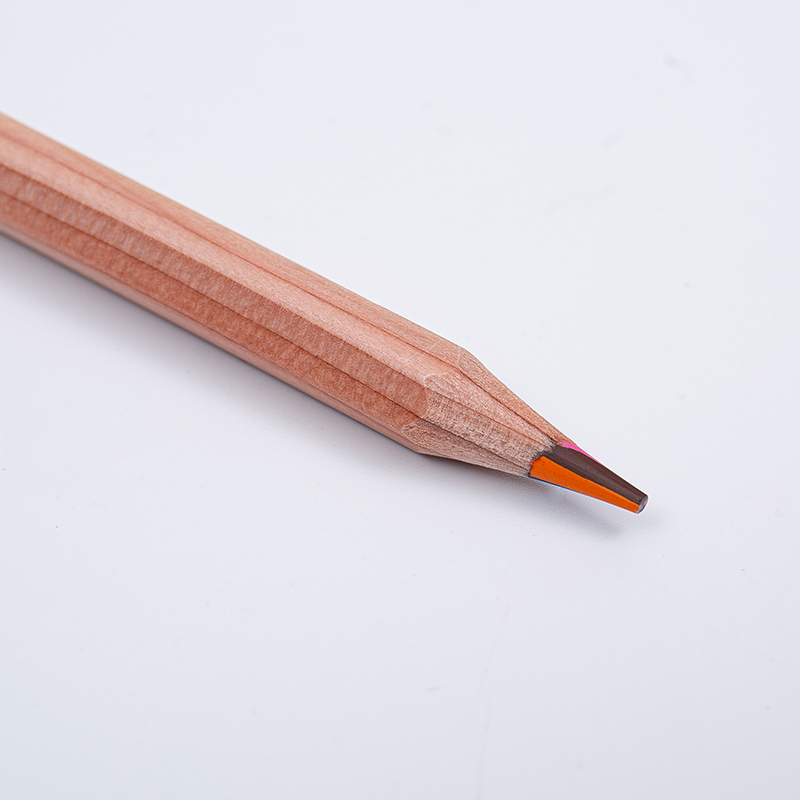
The answer largely depends on the practices of the color pencil Die Manufacturer. Traditionally, dies have been made from hardened steel or aluminum, materials that are durable but energy-intensive to produce. While the dies themselves are long-lasting tools, their environmental footprint can be significant. That said, a growing number of manufacturers are now adopting more sustainable approaches.
One key consideration is the lifespan of the color pencil Die. A high-die can produce millions of pencil cores without needing replacement. This reduces waste and frequent remanufacturing. When a color pencil Die Manufacturer focuses on precision and durability, it supports resource efficiency over time.
Another point of interest is the production process. How does a color pencil's Die manufacturer's environmental impact? Many are turning to digital precision technologies such as CNC machining and electrical discharge machining (EDM), which generate less material waste than traditional methods. Some manufacturers also use recycled metals for die bases or employ energy-efficient machinery.
But the ecological aspect doesn't stop with the death itself. The design of the color pencil Die influences the sustainability of the pencils it produces. For example, a well-engineered die can form cores that use less material while maintaining core strength and color intensity. It can also support the use of eco-leads made from non-toxic, plant-based, or recycled materials.
Artists and brands often ask whether they can source custom, environmentally-friendly dies. A forward-thinking color pencil Die Manufacturer can often tailor designs to work with recycled or biodegradable core compounds. This allows pencil makers to offer products that appeal to eco-conscious users without compromising performance.
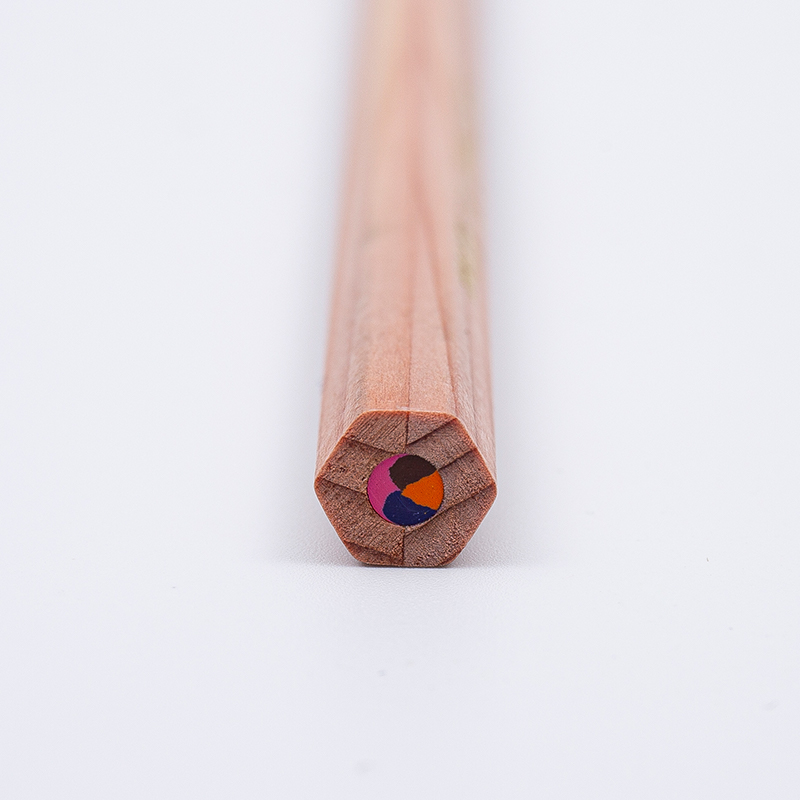
It's also worth noting that some color pencil Die suppliers are making efforts to reduce their carbon footprint through clean energy use, responsible waste management, and water recycling. When selecting a partner, it helps to ask about their environmental policies.
Challenges remain. Not all dies are compatible with every type of sustainable core material. Some plant-based or recycled composites may have different flow properties or abrasiveness, which require adjustments in the color pencil Die design. This is where an experienced color pencil Die Manufacturer can provide valuable guidance, helping brands balance ecological goals with product functionality.
In the bigger picture, the color pencil Die is only one part of a sustainable pencil. But its role is important. Through improved durability, material efficiency, and support for greener core compounds, the die contributes to reducing the environmental impact of pencil production.
As more companies and artists prioritize sustainability, the partnership between pencil brands and the color pencil Die Manufacturer will continue to evolve. With innovation and commitment, the answer to whether a color pencil die can be eco-friendly is increasingly—yes.


 English
English  Français
Français عربى
عربى Español
Español 中文简体
中文简体